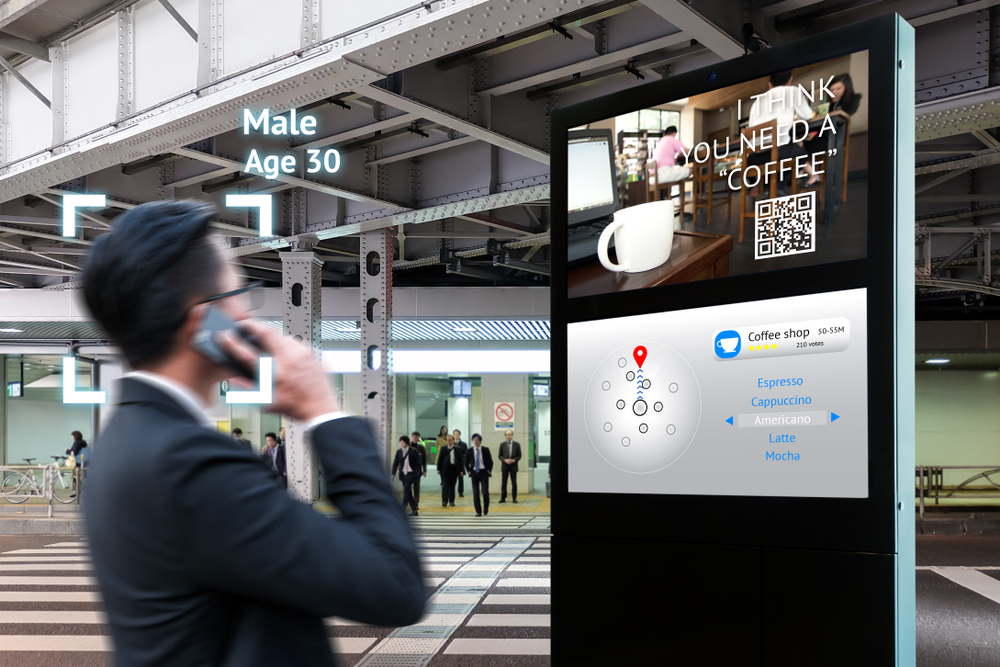For small and medium-sized businesses (SMBs), every dollar spent on advertising counts. The challenge? Reaching the right audience at the right time with the right message. Enter AI-powered dynamic ad targeting and optimization—a game-changing approach that helps SMBs: harness AI for dynamic ad targeting & optimization, maximize their ad spend, improve ROI, and compete with larger competitors. Here’s how SMBs can leverage AI to transform their advertising efforts.
What Is Dynamic Ad Targeting?
Dynamic ad targeting uses AI to deliver personalized ads to specific audience segments based on real-time data. Unlike traditional static ads, dynamic ads adapt to user behavior, preferences, and context, ensuring higher relevance and engagement.
For example, an e-commerce store can show different ads to users based on their browsing history, such as displaying recently viewed products or items similar to their past purchases. This level of personalization is made possible by AI algorithms that analyze data and make instant decisions.
Benefits of AI-Powered Ad Targeting for SMBs
AI-driven dynamic ad targeting offers several advantages for SMBs:
By implementing these strategies, SMBs can truly harness AI for dynamic ad targeting & optimization, leading to more effective outreach and increased customer engagement.
By embracing this innovative strategy, SMBs can harness AI for dynamic ad targeting & optimization to enhance their marketing effectiveness and drive better results.
- Higher Relevance: Ads are tailored to individual users, increasing the likelihood of engagement.
- Cost Efficiency: AI optimizes ad spend by targeting high-value audiences and reducing wasted impressions.
- Real-Time Adjustments: Campaigns are continuously optimized based on performance data.
- Scalability: SMBs can run sophisticated campaigns without needing a large marketing team.
Platforms like Google Ads, Facebook Ads Manager, and AdRoll make it easy for SMBs to implement dynamic ad targeting without breaking the bank.
Steps to Implement AI-Powered Dynamic Ad Targeting
Step 1: Define Your Goals
Before diving into dynamic ad targeting, clarify your objectives. Are you looking to increase website traffic, boost sales, or generate leads? Clear goals will guide your strategy and help you measure success.
Step 2: Collect and Integrate Data
AI thrives on data. Gather information from various sources, such as:
- Website analytics (e.g., Google Analytics 4).
- CRM systems (e.g., Salesforce or HubSpot).
- Social media platforms (e.g., Facebook Insights).
- Email marketing platforms (e.g., Mailchimp or Klaviyo).
Integrate these data sources to create a unified view of your audience. Tools like Segment or Zapier can help streamline this process.
Step 3: Segment Your Audience
Use AI to divide your audience into meaningful segments based on factors like:
- Demographics (age, gender, location).
- Behavior (purchase history, website activity).
- Interests (products viewed, content engaged with).
For example, a fitness brand might create segments like “yoga enthusiasts,” “gym beginners,” or “high-intensity workout fans.”
Step 4: Create Dynamic Ad Content
Dynamic ads automatically adjust their content based on user data. Use AI tools like Google Dynamic Search Ads or Facebook Dynamic Ads to:
- Show personalized product recommendations.
- Display location-specific offers.
- Highlight items left in a shopping cart.
For instance, an online retailer can use dynamic ads to remind customers about abandoned carts or showcase trending products.
Step 5: Optimize in Real Time
AI doesn’t just set up your campaigns—it continuously optimizes them. Platforms like Google Ads Smart Bidding and Facebook Automated Rules use machine learning to:
- Adjust bids to maximize conversions.
- Allocate budget to high-performing ads.
- Test different ad creatives and formats.
This ensures your campaigns are always performing at their best.
Real-World Examples of AI in Action
Many SMBs are already using AI-powered dynamic ad targeting to achieve impressive results. For example:
- An Online Clothing Store: Used Facebook Dynamic Ads to retarget visitors who abandoned their carts, resulting in a 30% increase in sales.
- A Local Restaurant: Leveraged Google Ads to show location-specific promotions, driving a 20% boost in foot traffic.
- A Subscription Box Service: Used AI to segment its audience and deliver personalized email ads, achieving a 25% higher open rate.
These examples demonstrate how AI can help SMBs compete with larger brands by delivering highly targeted and effective ads.
Choosing the Right AI Tools for Your Business
With so many AI tools available, it’s important to choose the ones that align with your business goals and budget. Some popular options include:
- Google Ads: For dynamic search ads and smart bidding.
- Facebook Ads Manager: For dynamic product ads and audience segmentation.
- AdRoll: For cross-channel retargeting and AI-driven optimization.
- HubSpot: For CRM integration and personalized ad campaigns.
Start with one or two tools and expand as your needs grow.
Measuring Success and Iterating
To ensure your AI-powered campaigns are delivering results, track key performance metrics such as:
- Click-through rates (CTR).
- Conversion rates.
- Return on ad spend (ROAS).
- Customer acquisition cost (CAC).
Use platforms like Google Analytics 4 or Tableau to analyze data and gain actionable insights. Continuously refine your campaigns based on performance to maximize ROI.
AI-powered dynamic ad targeting and optimization offer SMBs a powerful way to compete in today’s digital advertising landscape. By leveraging AI to deliver personalized, data-driven ads, SMBs can reach the right audience, optimize their ad spend, and achieve better results. Whether you’re running a local business or an e-commerce store, AI provides the tools and insights you need to succeed.
Ready to take your advertising to the next level? Explore platforms like Google Ads, Facebook Ads Manager, and AdRoll to see how AI can transform your campaigns. The future of advertising is here, and it’s powered by AI.



